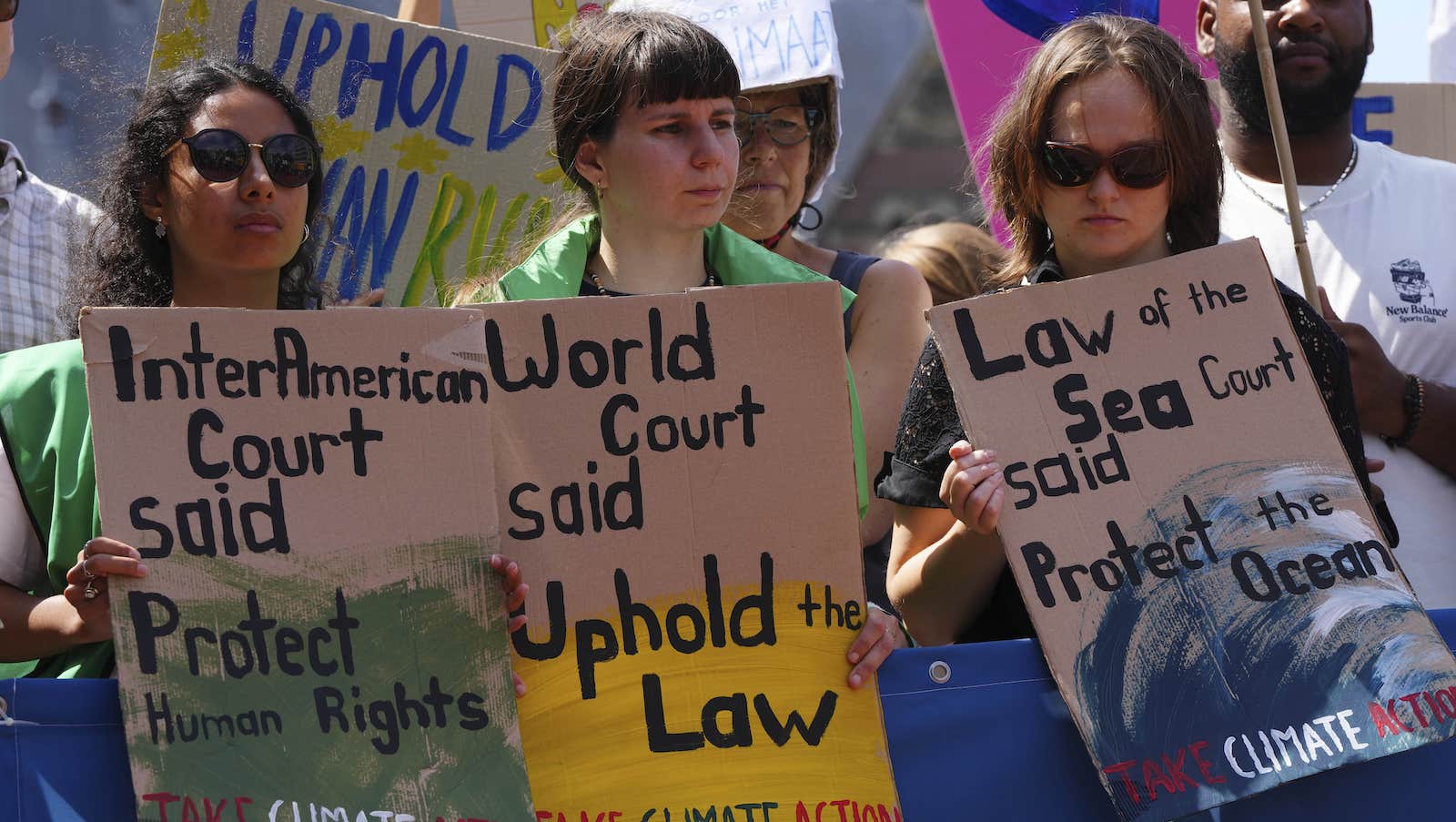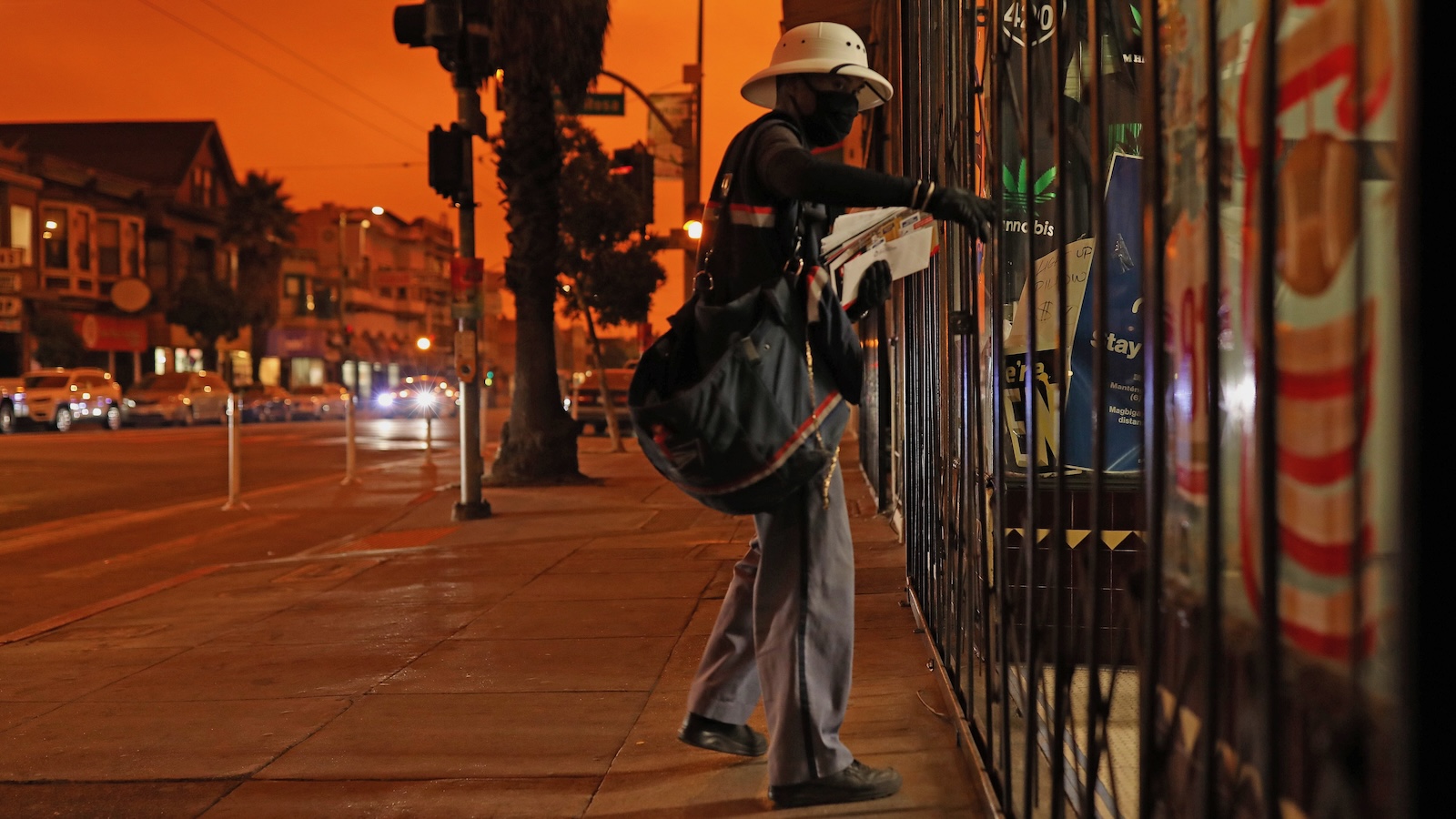Now Reading: Renewables Face Complex Politics, but ‘Sun Day’ Shines On
1
-
01
Renewables Face Complex Politics, but ‘Sun Day’ Shines On
Renewables Face Complex Politics, but ‘Sun Day’ Shines On

Rapid Summary:
- “Sun Day,” a new U.S. national day observed on September 21, celebrates clean energy advancements and addresses barriers to wider adoption of renewable technology.
- events include electric bikes,floating solar panels,heat pumps,and battery storage installations showcased across various locations in the country.
- Despite political resistance under President Donald Trump’s administration, clean energy has gained momentum; 96% of new U.S. power capacity in the last year was carbon-free (solar, wind, batteries).
- Currently, wind and solar power are the cheapest electricity sources globally-even without subsidies.
- Historical comparison cited Jimmy Carter’s initial vision for renewable energy via “Sun day” proclamations in 1978; subsequent political decisions under Ronald Reagan undermined earlier progress for decades.
- Public support for expanding solar remains strong but is declining due to growing partisan divides based on cultural perceptions rather than technological feasibility or cost data. republican-led areas show reduced enthusiasm for renewables over time compared to five years ago.
- Advocates aim to reframe renewable energy as mainstream rather than an elite lifestyle choice through accessible events with forward themes toward societal cost-neutrality/mass Adoptions ease.
Indian Opinion Analysis:
India can draw key lessons from sun Day’s initiative and its challenges as it enhances its own sustainable progress strategy-a crucial endeavor given India’s role as both a burgeoning global economic engine Climate Struggle advocate/Significant Cut –Transitioning Etc Bound tight It
Stay Informed With the Latest & Most Important News
Previous Post
Next Post
Loading Next Post...
























